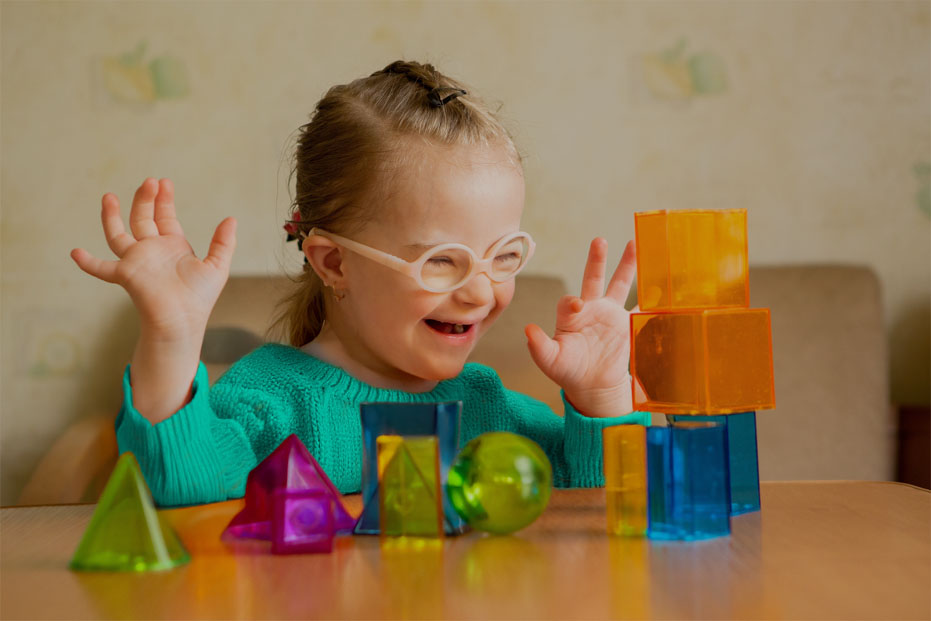It can be difficult for people to understand the specifics of developmental disabilities and the services that are offered to those with special needs.
Community Habilitation (Com Hab) provides customized support to meet the special requirements of people with developmental impairments.
Learn what Com Hab is, as well as its advantages, requirements for eligibility, and the ways that Hamaspik helps families with this procedure.
What Is Com Hab?
Community Habilitation (Com Hab) is a program funded by Medicaid under OPWDD for people with Intellectual and Developmental Disabilities (IDD),
Unlike institutional care, Com Hab offers one-on-one or one-to-many support to help them become more independent and involved in the community through specific tailor-made programs.
The goal of these services is to assist people improve their quality of life by teaching them new skills or helping them strengthen their current ones.
In contrast to rehabilitation, which tries to regain lost functions, habilitation is designed for those whose disabilities prevented them from ever learning specific skills. In Com Hab, they reach for new frontiers.
Com Hab Eligibility
To be eligible for any OPWDD services, individuals must fulfill a number of requirements. These processes ensure that individuals get the right individualised support. Here are the main requirements for eligibility:
Diagnosed developmental disability
The person seeking OPWDD services must be diagnosed with a developmental disability. This covers conditions including Down’s syndrome, cerebral palsy, epilepsy, neurological impairments, familial dysautonomia, intellectual disabilities, and autism spectrum disorders.
One requirement is that the developmental disability must have originated before the individual turned 22 years old.
The person must also have impaired functioning in at least three (3) of the following areas:
- Communication
- Learning
- Mobility
- Self-care
- Capacity for independent living
- Self-direction
- Economic self-sufficiency (for adults)
Goals of Community Habilitation (Com Hab)
The main objective of Community Habilitation services is to assist clients in acquiring and improving the skills required for increased autonomy.
Skilled professionals work with people one-on-one or in small groups, concentrating on a variety of topics like:
- Daily living: Personal hygiene and domestic skills such as straightening up, cleaning, and planning.
- Health and wellness: Dietary recommendations, physical activity, and scheduling doctor's appointments.
- Social skills: Establishing connections with others and improving communication abilities.
- Self-advocacy: Knowing their rights and duties and making correct decisions for themselves .
- Community travel: Safely navigating local places and public transportation.
- Money management: Financial knowledge and budgeting.
- Food preparation: Meal planning and cooking.
- Socialization: Engaging in hobbies and community activities.
- Community involvement: Participating in volunteer activities and job oppertunities.
Each participant's particular requirements and goals are met with an emphasis on flexibility and individualized support, enabling meaningful and long-lasting gains.
In addition, community habilitation highlights the value of family and community involvement, acknowledging that an individual with special needs cannot succeed or be well-cared for without a network of support.
Through the promotion of cooperation and proactive engagement, community habilitation assists people to lead more independent and satisfying lives.
Settings for Community Habilitation
Services for community habilitation are intended to address the special requirements of people with intellectual and developmental disabilities (IDD) in a range of real-world settings. Among these settings are:
- Systems of public transportation
- Parks and outside areas
- Recreational centers
- Community education facilities
- Volunteers sites
- Work environments
- Libraries
- Residences
Community habilitation makes sure people get the support they need in different settings to succeed in their daily lives. This helps them grow in meaningful ways, become more independent, and stay actively involved in their community.
Benefits of Community Habilitation
There are many ways in which community habilitation (Com Hab) can improve the quality of life for people with special needs:
- Enhanced independence: People acquire the skills necessary to live more independently, which lessens their dependence on caregivers and encourages self-sufficiency.
- Better quality of life: People have a higher quality of life and more personal satisfaction when they engage in meaningful activities and acquire vital life skills.
- Community engagement: People who regularly participate in community events forge stronger social bonds and experience a greater sense of belonging.
- Personal growth & development: Through specialized support and skill-building activities, participants meet personal objectives, acquire confidence, and experience success.
- Health & wellness: Better physical and mental health results are a result of targeted guidance on health and wellness.
- Relationships and social skills: Having stronger social skills promotes a sense of community and belonging by assisting people in establishing and sustaining meaningful relationships.
How Hamaspik Can Help
For people with developmental impairments, Community Habilitation (Com Hab) provides important support in the form of essential life skills improvement, increased independence, and community integration.
Services offered by non-profit organizations such as Hamaspik guarantee that the unique needs of people with intellectual and development disabilities are understood and accommodated for.
With the help of Hamaspik, people with developmental disabilities can start along the path to more independence and a better quality of life, and their families can get the support they need to help them along the way with optimism and confidence.

 OPWDD Guidance
OPWDD Guidance Family Support
Family Support Services for Children
Services for Children Services for Adults
Services for Adults Services for Children 0-3
Services for Children 0-3 Adult Acute Care
Adult Acute Care











.png)



.png)











